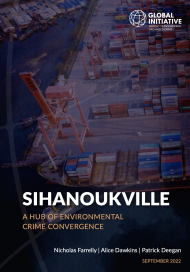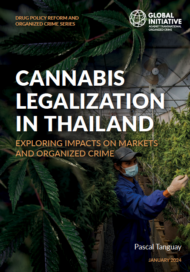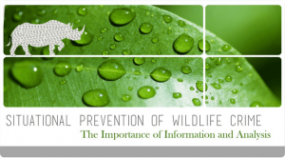Posted on 05 Nov 2021
Pressures on Asia’s rare snow leopards, long persecuted for their pelts, are increasing due to demand in South East Asian countries, particularly China, for their bones and meat.
While China is emerging as the biggest consumer of snow leopards, it is also home to the world’s largest snow leopard population and drains national as well as international snow leopard populations to supply its markets.
Through a series of articles, this project, supported by the Global Initiative in partnership with Oxpeckers Investigative Environmental Journalism, seeks to better understand the status of snow leopards in China as well as the country’s role in the animal’s illegal trade. It examines where this illegal trade is occurring, how it works, how it is financed, who profits from it and whether it is linked to the trade in other illicit commodities. The project also tracks trafficking pipelines in China and other supply countries in central and South Asia, cross-border trafficking networks and illicit financial flows sustaining the illicit trade.
1st investigation: China’s snow leopard crimes, 5 November 2021, Hsiuwen Liu
2nd investigation: Nepal’s cross-border snow leopard smuggling networks, 12 November 2021, Tufan Neupane
3rd investigation: Tourism adds to pressures on snow leopards in northern Pakistan, Daily Pakistan
4th investigation: Tracking the ‘mountain ghosts’ of the Himalayas, Varsha Singh
5th investigation: Exposing India’s secret snow leopard trade, Sadiq Naqvi
6th investigation: Emerging threats to China’s snow leopard population, Hsiuwen Liu



